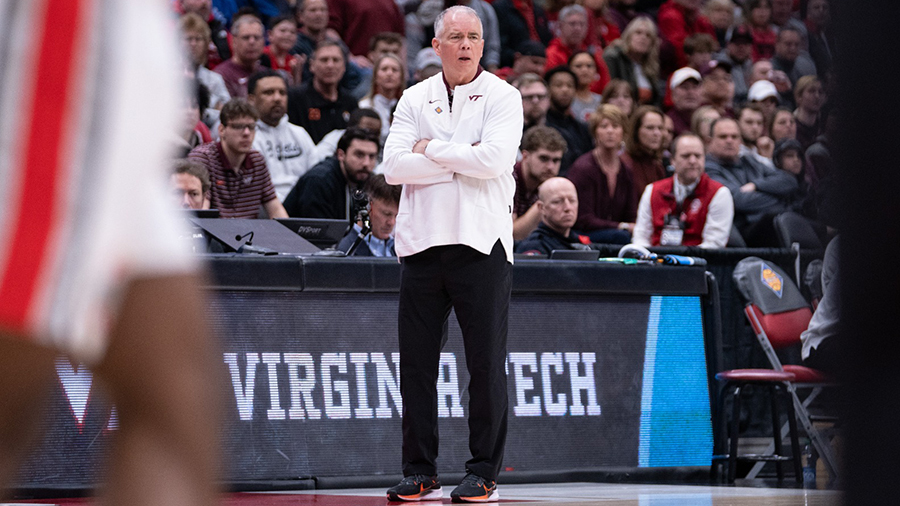If there is one word I would use to describe Virginia Tech men's basketball this year it would be... bland.
There just wasn't a lot of juice with this team. They had a pretty average roster with some standout individuals, but no one good enough to finish better than third team all-conference. Their style of play wasn't aesthetically pleasing. Sure, the Hokies were never bad. They just weren't all that great. They're the basketball equivalent of dining at a five-star restaurant just to order a burger and fries: it'll fill you up some, but you're left feeling like you missed out.
Virginia Tech entered the year as a bubble team, and that's exactly how they played. They hovered around 50th-65th in KenPom and the NET for almost the entire season. They had some good wins against Boise State and Iowa State, but also some head-scratching losses to ACC bottom-feeders. Losing Rodney Rice in the preseason did nothing but narrow their already thin margin for error.
Today is the first installment of my postseason autopsy of the 2023-24 Virginia Tech men's basketball season. In Part I, I'll focus on the season in a nutshell: where the Hokies excelled, where they struggled, and the shortcomings of the roster.
The Offense: Too Little, Too Late
Virginia Tech was a team that was extremely reliant on Sean Pedulla. Losing Rice, of course, meant the Hokies lost a secondary ball handler and shot creator. Given how M.J. Collins struggled offensively for most of the year, and how little we saw of Brandon Rechsteiner and Jaydon Young, that was a big deal. (In my view, Rechsteiner's lack of minutes was one of the most disappointing aspects of this season.)
Pedulla was therefore asked to bear a bigger load, which is why he finished with an absurdly high usage rate: 30.7%, the second-highest in the ACC and fourth among high-major players.
As I have noted before, this is pretty abnormal for a Young point guard. It's helpful to think of point guards in this offense not as the engineer driving the play but a cog in a machine. You have primary reads on a pass, then make secondary reads as you move and cut and screen off the ball. It's not a traditional "pick-and-roll" offense where the point guard feeds a rolling big; there's a lot more off-ball screening and true motion than most systems.
As such, Young's teams have typically had a point-forward who can make plays and distribute the ball at a high rate. (If you go back to his Wofford days, the 6-foot-8 Cameron Jackson fit this model, and for the last three years at Virginia Tech that player was Justyn Mutts.)
To continue reading Get Fully Dipped and Join The Key Players Club »
- Exclusive Content
- Interact in community forums
- Post and view comments
- Advanced site features
- No pesky display ads, only offers from TKP sponsors
- Members Only Forum

